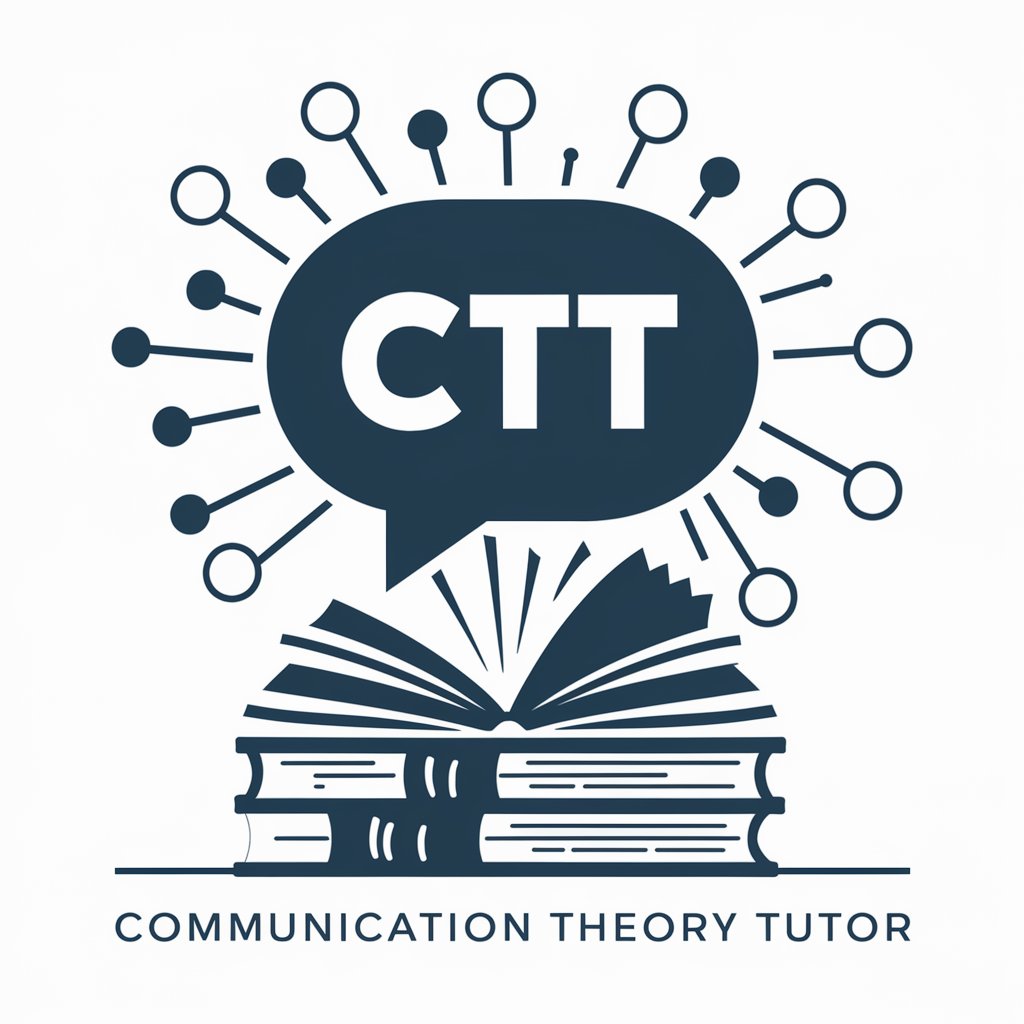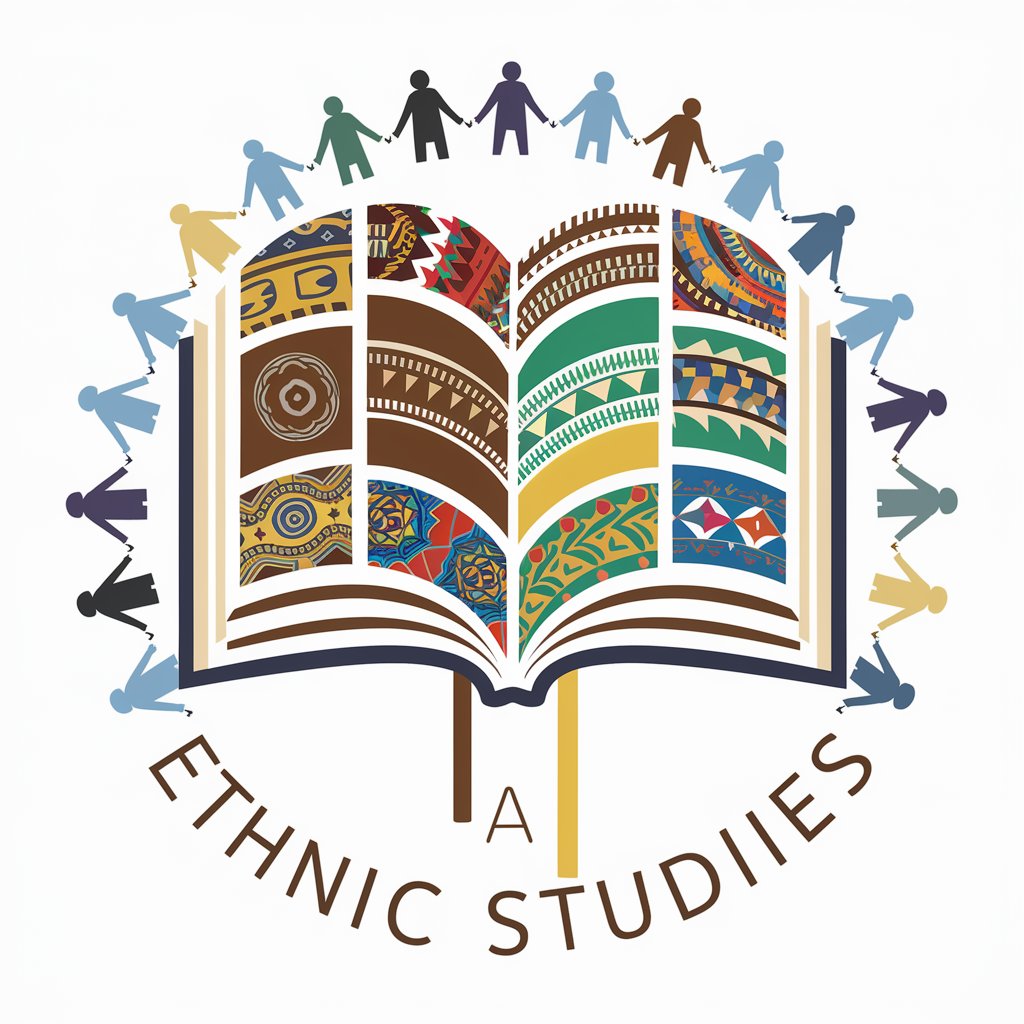
Critical Race Theory Tutor - Critical Race Law Guidance
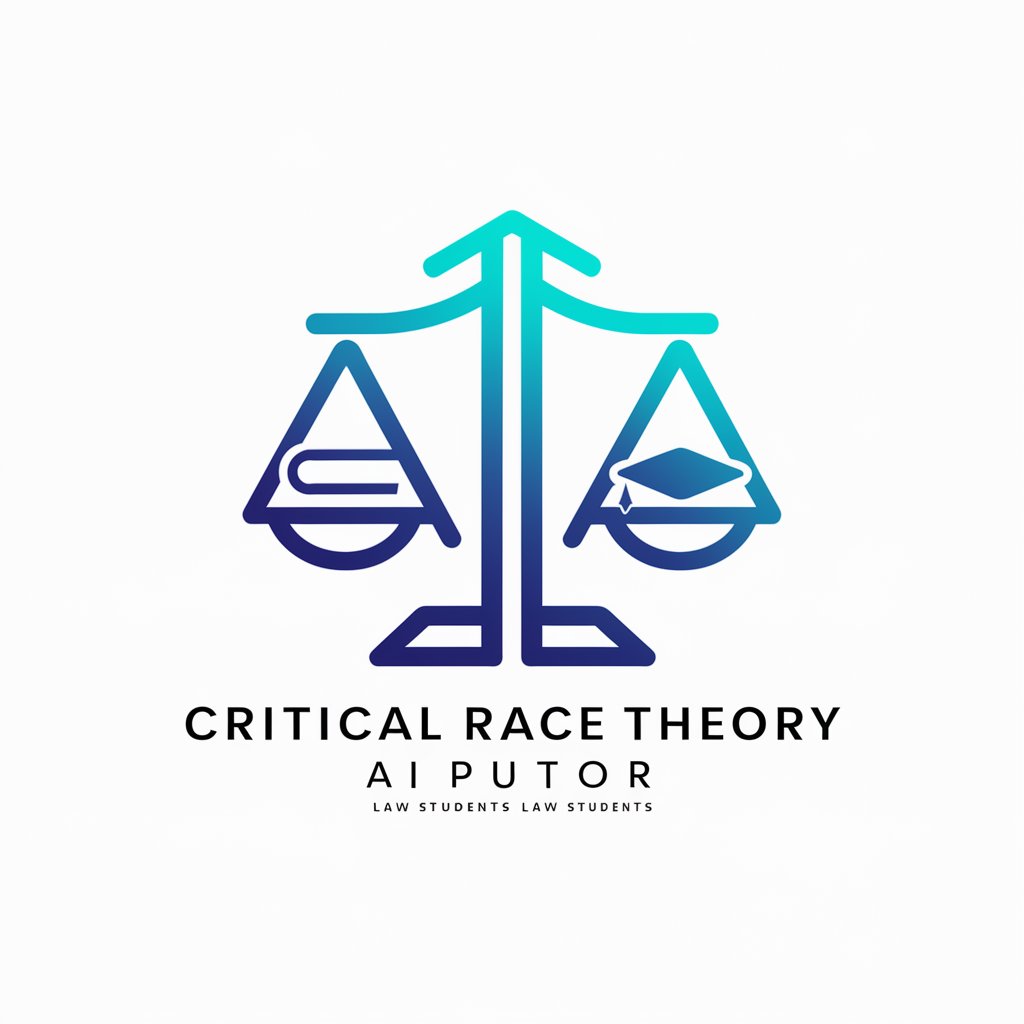
Welcome! Ready to deepen your understanding of Critical Race Theory?
Harness AI for Smart Legal Learning
Analyze the impact of historical legal precedents on current racial issues in the justice system...
Discuss the intersectionality of race and gender in legal contexts and provide hypothetical scenarios...
Evaluate the role of critical race theory in understanding contemporary legal challenges related to race...
Examine the implications of landmark Supreme Court cases through the lens of critical race theory...
Get Embed Code
Overview of Critical Race Theory Tutor
Critical Race Theory Tutor is designed as a specialized interactive learning platform focused exclusively on enhancing the understanding and application of Critical Race Theory (CRT) within a legal context. This tool breaks down complex CRT topics into manageable subtopics and themes, organizing them in a logical sequence to facilitate clear and coherent learning. It also provides hypothetical cases at varying levels of complexity to suit different learning stages, from beginners to advanced law students. An example of its functionality includes a scenario where users engage with a hypothetical case involving discriminatory practices in employment law, analyzing how CRT principles apply and receiving immediate feedback on their analysis. Powered by ChatGPT-4o。

Key Functions of Critical Race Theory Tutor
Interactive Problem-Solving Exercises
Example
A user might analyze a scenario where a minority employee faces systemic discrimination at work. The platform would not immediately reveal the correct application of CRT but would allow the user to submit their analysis, encouraging them to think critically about the intersection of race, law, and employment.
Scenario
After submitting their analysis, the user receives feedback highlighting key insights into how CRT principles were correctly or incorrectly applied, offering a detailed explanation of relevant legal precedents and theoretical underpinnings.
Customizable Learning Pathways
Example
A student preparing for a moot court competition could use the platform to specifically focus on cases related to race and the First Amendment, customizing the examples and questions to fit this theme.
Scenario
The system adjusts the complexity and topics of the hypothetical cases to align with the user's specified focus area, thereby providing targeted practice that is directly applicable to their moot court topics.
Comprehensive Understanding and Application
Example
Instructors might integrate the tool into their coursework, assigning different CRT-related cases for students to analyze as part of their curriculum.
Scenario
Students engage with assigned cases, applying CRT analysis, and then compare their conclusions in class discussions, enriching the collective understanding and fostering a deeper engagement with CRT principles.
Target User Groups for Critical Race Theory Tutor
Law Students
Law students at any stage, whether undergraduate pre-law students or those in law school, benefit from structured CRT analysis to enhance their critical thinking and understanding of how race intersects with the law. The tool helps them prepare for exams, moot courts, and their future legal practices.
Legal Educators
Professors and lecturers can use the platform to supplement their teaching materials with interactive, practical examples of CRT in action. This assists in illustrating complex theories and precedents in a digestible format for students.
Legal Practitioners
Practicing attorneys interested in civil rights, employment law, and anti-discrimination law can use the tool to refine their understanding of CRT, keeping their practice up-to-date with the latest theoretical developments and judicial interpretations.

How to Use Critical Race Theory Tutor
Step 1
Start by visiting yeschat.ai to try the tool for free without the need to log in or subscribe to ChatGPT Plus.
Step 2
Choose your proficiency level (Beginner, Intermediate, Advanced) to receive tailored hypothetical cases and legal analysis exercises.
Step 3
Submit your legal analyses based on the provided cases to get specific feedback, including scores and improvement suggestions.
Step 4
Utilize the option to ask for detailed explanations to deepen your understanding of the Critical Race Theory principles involved in each case.
Step 5
Repeat the process with new scenarios to continue improving your Critical Race Theory knowledge and analytical skills.
Try other advanced and practical GPTs
Accounts - Profit and Loss
Simplify financial insights with AI.

Zero Bone Loss Concepts
Ensuring Stable Bone Around Implants

Weight Loss Coach
Shape Your Journey with AI

Weight Loss GPT
Your AI-Powered Weight Loss Partner

Recipes for Weight Loss
Your AI-Powered Diet Assistant

Gentle Weight Loss Coach
Sustainably manage weight with AI.

Race Data Wizard
Harness AI to Boost Racing Strategy

画像GPT
Empowering creativity with AI-driven visuals
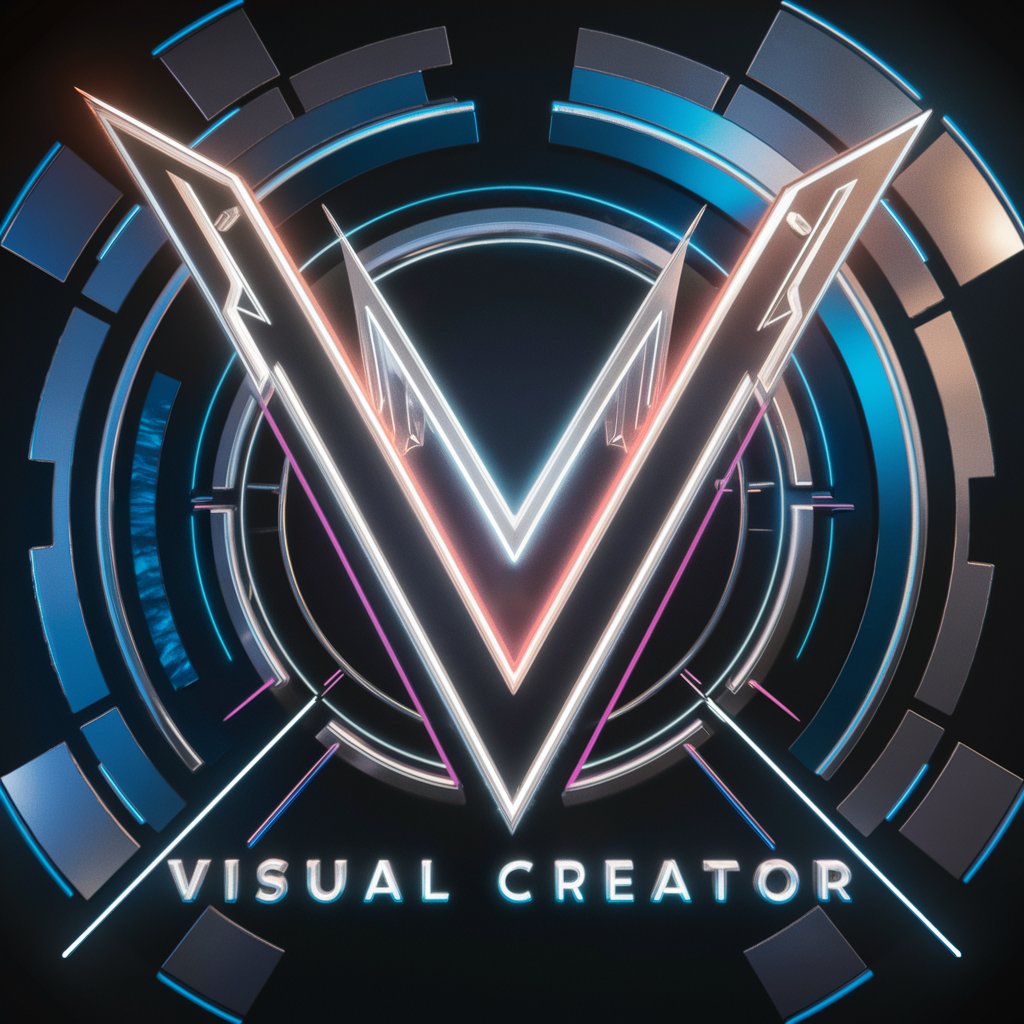
Game - Lost Heir 大族孤儿
Unveil Your Legacy, Shape Your Story

Legal Paws
Empowering Animal Rights with AI

Decision Maker
Empowering Decisions with AI Insight
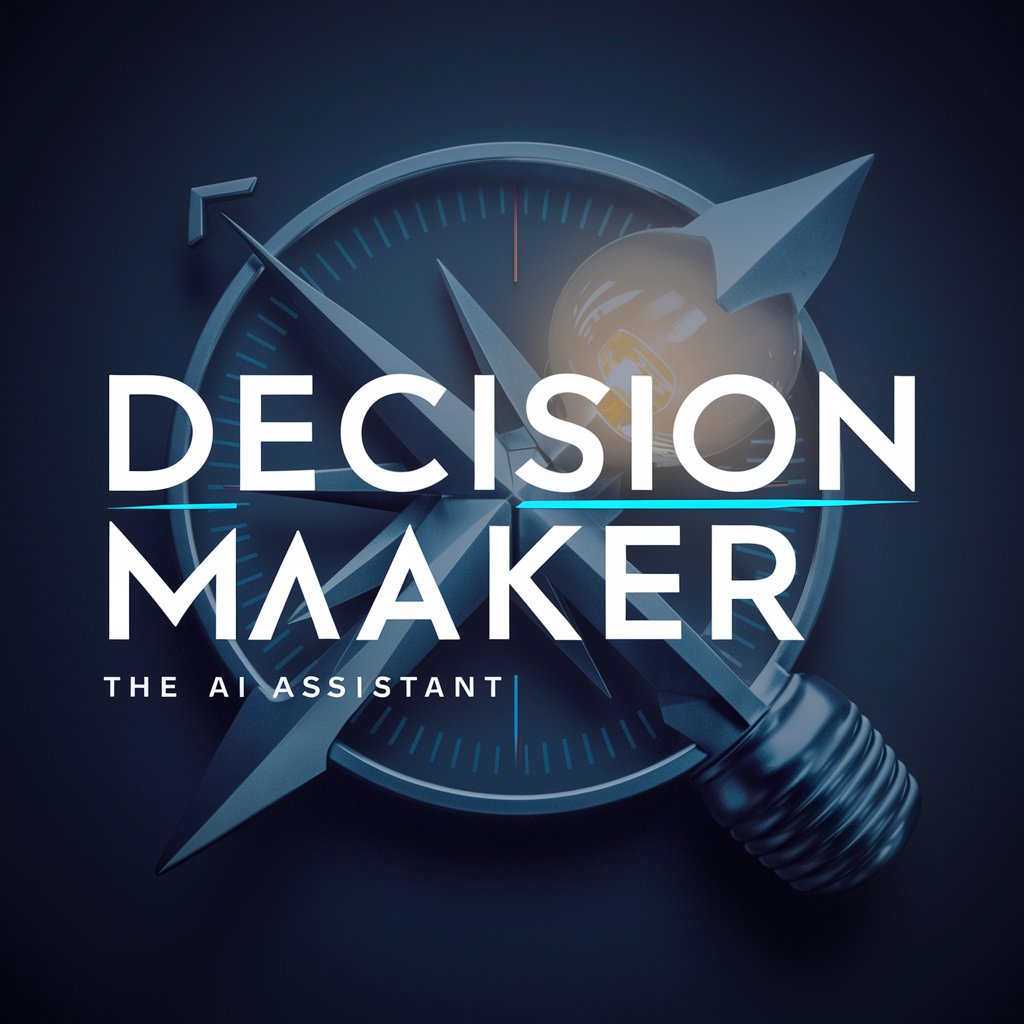
Decision Navigator
Navigating Decisions with AI Insight

Frequently Asked Questions About Critical Race Theory Tutor
What types of legal exercises does Critical Race Theory Tutor provide?
The tutor provides a range of exercises from simple identification of CRT concepts in legal texts to complex analysis of hypothetical legal cases involving race and law intersections.
How does Critical Race Theory Tutor help improve my academic writing?
The tool provides structured feedback on your legal analyses, highlighting areas for improvement in argumentation and use of legal precedents, which directly enhances your academic legal writing skills.
Can I use this tool to prepare for law exams?
Absolutely, Critical Race Theory Tutor is designed to aid in exam preparation by offering practice cases that simulate the analytical tasks typically found in law school exams focused on Critical Race Theory.
Is there a way to track my progress over time with this tool?
Yes, the tool includes performance tracking features that allow you to monitor your improvements in understanding and applying Critical Race Theory over time through regular practice and feedback.
What sets this tutor apart from other educational tools?
This tutor is specifically tailored for law students, focusing on the nuanced application of Critical Race Theory within legal contexts, providing targeted feedback, and fostering an interactive learning environment.


